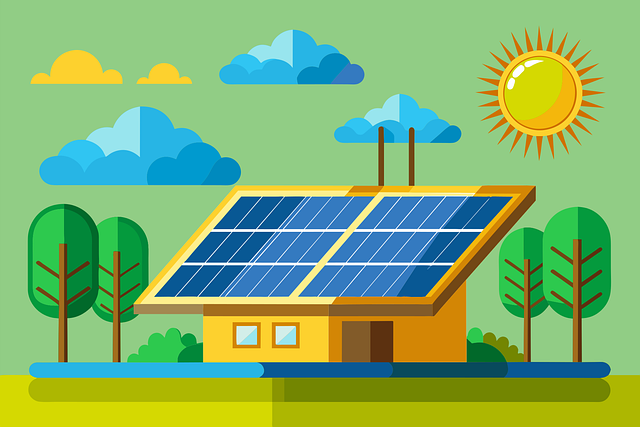 What is a PCS Energy Storage Converter?
Jul 12, 2024
What is a PCS Energy Storage Converter?
Jul 12, 2024
The PCS (Power Conversion System) energy storage converter is a bidirectional current controllable conversion device that connects the energy storage battery system and the power grid/load. Its core function is to control the charging and discharging process of the energy storage battery, perform AC/DC conversion, and directly supply power to the AC load without a power grid.
The working principle is a four-quadrant converter that can control the AC and DC sides to achieve bidirectional conversion of AC/DC power. The principle is to perform constant power or constant current control through microgrid monitoring instructions to charge or discharge the battery, while smoothing the output of fluctuating power sources such as wind power and solar energy.
The PCS energy storage converter can convert the DC power output by the battery system into AC power that can be transmitted to the power grid and other loads to complete the discharge; at the same time, it can rectify the AC power of the power grid into DC power to charge the battery.
It consists of power, control, protection, monitoring and other hardware and software appliances. Power electronic devices are the core component of the energy storage converter, which mainly realizes the conversion and control of electric energy. Common power electronic devices include thyristors (SCR), thyristors (BTR), relays, IGBTs, MOSFETs, etc. These devices realize the flow and conversion of electric energy by controlling the switching state of current and voltage.
The control circuit is used to achieve precise control of power electronic devices. The control circuit generally includes modules such as signal acquisition, signal processing, and control algorithm. The signal acquisition module is used to collect input and output current, voltage, temperature and other signals. The signal processing module processes and filters the collected signals to obtain accurate parameters; the control algorithm module calculates the control signal based on the input signal and the set value, which is used to control the switching state of the power electronic device. Electrical connection components are used to connect energy elements and external systems. Common electrical connection components include cables, plugs and sockets, and wiring terminals. The electrical connection components must have good conductivity and reliable contact performance to ensure the effective transmission of electric energy and safe and reliable. The grid-connected mode of the energy storage converter PCS is to achieve bidirectional energy conversion between the battery pack and the grid. It has the characteristics of a grid-connected inverter, such as anti-islanding, automatic tracking of grid voltage phase and frequency, low voltage ride-through, etc.
According to the requirements of grid dispatch or local control, PCS converts the AC power of the grid into DC power during the low load period of the grid to charge the battery pack, and has the function of battery charging and discharging management; during the peak load period of the grid, it inverts the DC power of the battery pack into AC power and feeds it back to the public grid; when the power quality is poor, it feeds or absorbs active power to the grid and provides reactive power compensation.
Off-grid mode is also called isolated grid operation, that is, the energy conversion system (PCS) can be disconnected from the main grid according to actual needs and meet the set requirements, and provide AC power that meets the power quality requirements of the grid to some local loads.
Hybrid mode means that the energy storage system can switch between grid-connected mode and off-grid mode. The energy storage system is in the microgrid, which is connected to the public grid and operates as a grid-connected system under normal working conditions. If the microgrid is disconnected from the public grid, the energy storage system will work in off-grid mode to provide the main power supply for the microgrid. Common applications include filtering, stabilizing the grid, and adjusting power quality.
 What is a PCS Energy Storage Converter?
Jul 12, 2024
What is a PCS Energy Storage Converter?
Jul 12, 2024